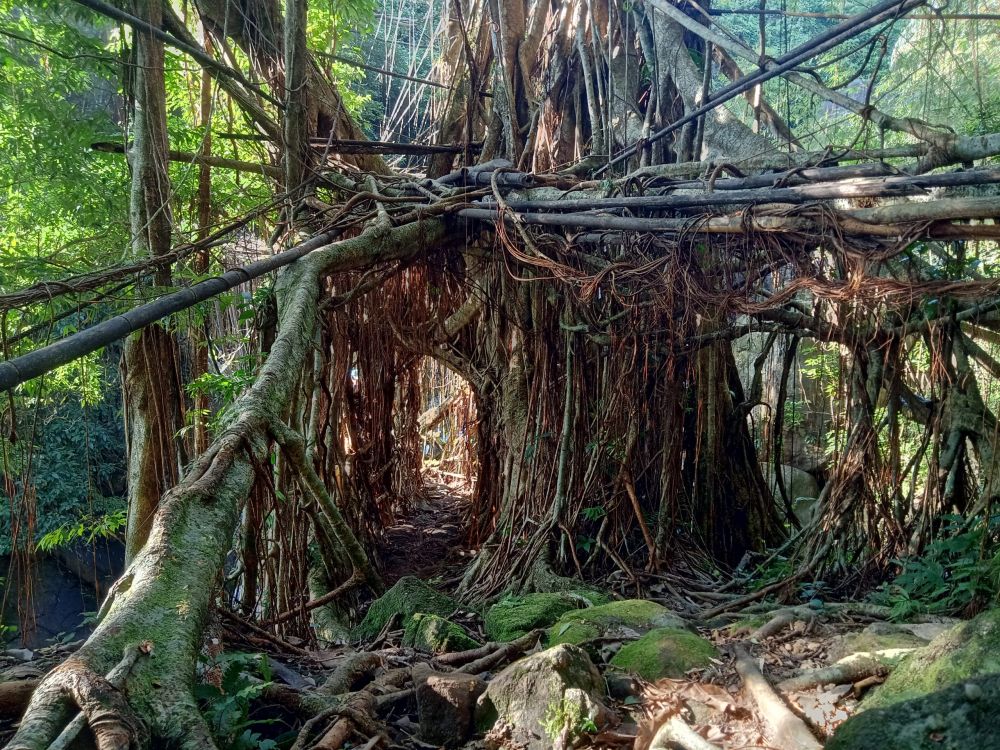

Nestled in the verdant hills of Meghalaya, India, Kudeng Rim (also known as Kudeng Thymmai) near Jowai has become an emerging gem in the realm of tourism. The history of tourism in this region reflects a gradual acknowledgment of its natural beauty and cultural significance.
Tourism in Kudeng Rim has historically been local, with nearby residents visiting the area to relish its serene environment and pristine beauty. The region is part of Jaintia Hills, which has been known for its rich cultural heritage, encompassing the annual Behdienkhlam festival and other traditional rituals attracting local tourists interested in cultural experiences.
It wasn't until the late 20th and early 21st centuries that a broader recognition of Kudeng Rim's potential as a tourist destination began to take shape. With the improvement of infrastructure and connectivity in Meghalaya, areas like Jowai became more accessible to travelers seeking new adventures. Consequently, the quaint charm of Kudeng Rim, with its lush green landscapes and waterfalls, started to garner attention from domestic and international tourists.
In recent years, Kudeng Rim has benefitted from the rise of eco-tourism and sustainable travel. Visitors are attracted by the opportunity to explore untouched natural areas and to engage with local communities and their way of life. Trekking, photography, and cultural tourism have become particularly popular activities in the region. The natural caves and waterfalls in the area offer a perfect backdrop for adventure seekers and nature enthusiasts. This surge in interest has led to the development of homestays and local guides providing authentic experiences to visitors.
With the increasing popularity of Kudeng Rim, there have been growing concerns about preserving the area's natural and cultural integrity. Local authorities and community leaders are working on implementing measures to maintain sustainability, such as controlling the number of visitors and encouraging responsible tourism practices that minimize environmental impact.
The regional government has recognized the potential of Kudeng Rim and is keen on responsibly promoting it as a must-visit destination. Plans for improving infrastructure, such as better roads and enhancing visitor facilities, are being put in place, while ensuring that the charm of Kudeng Rim remains untarnished for future generations.
With a respectful approach towards its growth, Kudeng Rim is poised to become a shining example of how rural and relatively unknown destinations can rise to prominence in India's tourism landscape. Through its embrace of sustainable practices, the future looks tempting for both the community of Jowai and the discerning traveler.